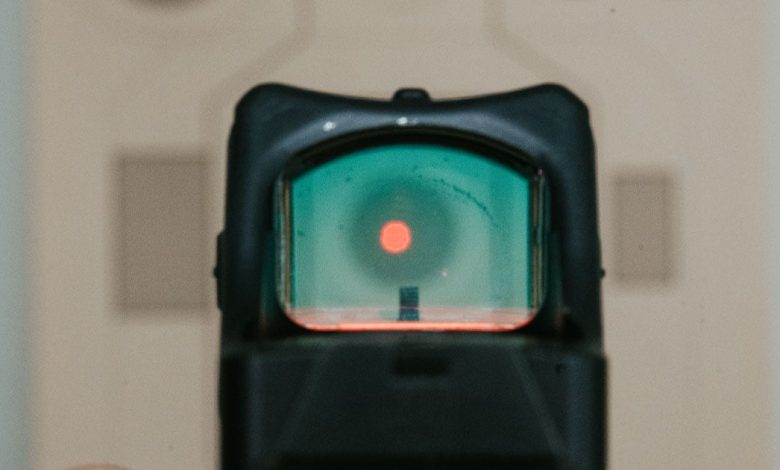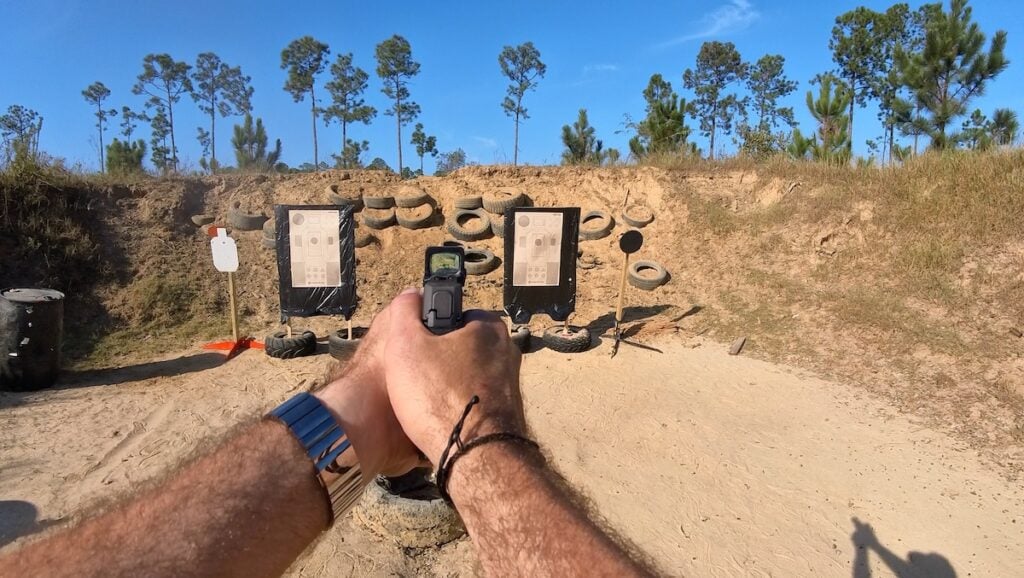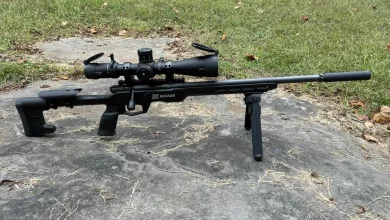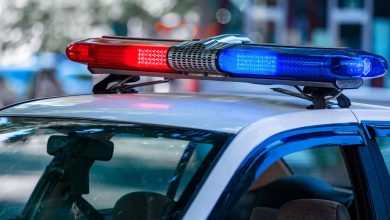Does a Red Dot Make You a Better Shooter?

Does a red dot or reflex sight make you a better shooter? That question is not as simple as it sounds. To answer this, you must first define what ‘better shooter’ means.
Defining Better
Better can mean different things to different people, depending on how they measure it and what their goal is. Of course, there are some crossover benefits, no matter how you are planning to use your red dot-equipped handgun.
Target Acquisition
All else being equal, if your goal is to be able to draw and get on target more quickly, then a red dot can probably help. This is especially true in poor light conditions, when your target is moving, or when you are against a busy background, making it difficult to get a good sight picture with iron sights. Red dots are also good when you are forced to make a very quick snap-shot that doesn’t allow you time to get good alignment with iron sights. This is why the military equips rifles with red dots, especially in urban environments.
Accuracy
If your goal is improved accuracy, a red dot can also be beneficial, although with a handgun, there are limitations. The dot in a red dot or reflex sight is measured in MOA (Minute of Angle). One MOA represents a one-inch circle at 100 yards. Most handgun red dots come in either 3 or 6 MOA. The larger the MOA, the quicker you can acquire the dot and get it on the target, but that also means that the larger the dot, the more of the target it covers at long range. Still, a red dot will improve accuracy over iron sights because, if properly zeroed, all you must do is put the dot on the target rather than align the sights with the target.
Grip, Stance, and Trigger Control
But do those benefits actually make you a better shot, or do they just make it easier to get a quick hit once you’ve done everything else right? Think about this: a red dot will not improve your grip, stance, or trigger control. Those are all things that require skill and practice, and preferably training so you don’t develop bad habits on your own. Red dots will also not magically endow you with the tactical skills necessary to win a gunfight. So, while they may make you a better shot, they will not make you a better shooter. Let me explain the distinction.
When I was working private security in Iraq, the members of a 9-man PSD team all carried guns, but each also had specific titles and roles. There was a Team Leader, an Assistant Team Leader, a driver, and a medic. Everyone else was a shooter. Along with being cross-trained in other roles, each shooter’s responsibilities went beyond simply hitting what they aimed at. Along with being good shots, we were responsible for a host of other tasks and had the necessary skills to accomplish them. The same holds true for anyone who carries a defensive firearm every day, perhaps on a smaller scale, but true nevertheless. There is more to it than just being able to hit the black circle.
Compared to a revolver, does a pistol make you a faster shooter, or does it just mean most people can shoot faster with a pistol than they can with a revolver? A red dot, or any optic, is a tool. It does not define the skill of the person holding it. Handing someone a hammer does not make them a carpenter, not even with the best hammer ever made. They must still develop and practice the skills to use it properly. If you have watched the film Conan the Barbarian (and if not, you really should), you will recall the scene where Thulsa Doom, played by the incomparable James Earl Jones, reveals the answer to the riddle of steel to Conan. He explains that steel is weak, and flesh is stronger. What is a sword compared to the hand that wields it? The same can be said about a handgun with a top-of-the-line red dot mounted on it. It is a beneficial tool, but it does not replace the skill of the shooter.
What a Red Dot Does and Does Not Do
There is no question that red dot and reflex optical sights are effective and beneficial. They are proven accessories and are especially useful in tactical situations. They are also excellent for folks with less-than-perfect eyesight, whether due to age or vision problems.
I have already mentioned faster target acquisition and better accuracy, especially in fast-moving situations. They can also be a useful dry fire training aid to practice smooth trigger manipulation. After ensuring your gun is cleared, align the red dot with the aiming point on whatever you are using as a target, and then squeeze off a shot. Since there will be no recoil, assuming you are pulling the trigger smoothly, the dot should barely move on the target. If the dot jerks off target, you need to work on your trigger pull.

Things Red Dots Do:
- Faster target acquisition
- Good low-light performance
- Good performance in fast-moving scenarios
- Beneficial to people with weak eyesight
- Provides a useful aid to dry fire practice for trigger control
However, a red dot is not a magic bullet (pun intended) that will make you a perfect shot every time under all conditions. As we used to say in the Army, they are a force multiplier, but they won’t win the war alone. For example, while they are good for folks with reduced eyesight, they will not correct an astigmatism. Someone with an astigmatism may not see the dot clearly but as a starburst, smear, or even a double dot. A red dot also will not help you develop the correct grip or a good shooting stance. Although they are useful for dry fire practice, you must still train and practice to develop smooth trigger manipulation. Finally, there are all the other necessary skills of self-defense shooting, like drawing your gun, clearing a malfunction, fast reloads, and learning to shoot if your strong arm is incapacitated. A red dot will not do any of those things for you.
Things Red Dots Do Not Do:
- Correct for astigmatism
- Improve grip
- Improve stance
- Improve trigger control
Conclusion
A red dot will improve target acquisition time and accuracy, especially under adverse conditions, but it will not replace the skill and practice necessary to use it effectively. Don’t let technology lull you into a false sense of security. Like baseball or tennis, shooting requires good motor skills and hand-eye coordination. It also requires the ability to stay calm and think clearly under pressure. I once heard a skilled marksman say that good shooters are cold-blooded, meaning they stay calm no matter what is happening around them. A red dot cannot give you any of those things. Only training and practice can.
Read the full article here






